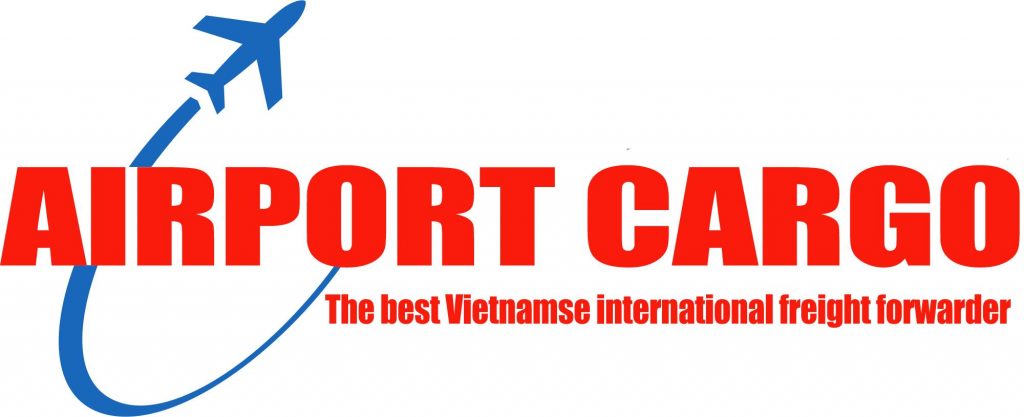Air Freight Guide: Essential Info for Exporters & Importers

In international trade, 90% of cargo by volume is transported by sea and only 0.5% by air. But this minuscule volume of air cargo translates to $6 trillion, according to the International Air Transport Association (IATA). Given that air carriers pride themselves on swift delivery and short transit time, the general rule in shipping is to move urgent, time-sensitive cargo by air.
Additional charges
Apart from freight, shipping by air usually involves these expenses:
- Fuel surcharge, which cushions air carriers against fuel price volatility
- Security surcharges for security measures at airports, usually during screening and handling
- Warehousing charge for when cargo is temporarily stored at such a facility before leaving or entering a country
- Terminal handling fees at both the origin and destination
- Airport transfer fee for when cargo is transferred from one airline to another
- Documentation fees, which carriers charge for preparing airway bills or providing invoice copies
- Customs brokerage, which is paid to customs authorities for clearance. If cargo requires examination, this means an additional expense
- Dangerous goods charges
- Cargo insurance
- Pick-up and delivery, which are essentially trucking charges for inland cargo movement
- Accessorial charges, of which there are many, include advanced notification fee for when the consignee must be notified prior to delivery, or a limited access fee for difficult-to-access pick-up or delivery locations such as schools
- Demurrage fee, which is a per-day fee shippers pay for the use of storage equipment, facilities, and space at air cargo terminals beyond the stipulated free storage period. This free period is called demurrage free time.
Documents required
- Airway Bill (AWB): This is a bill carrying details of the cargo that is issued on completion of the export customs process. The AWB is issued in a set of five and accompanies the cargo. It is meant for the carrier, shipper (exporter), and consignee (importer). There are two types of airway bills – a) Master Airway Bill (MAWB), issued by the air carrier to the freight forwarder on receipt of the goods as an agreement to deliver them; and b) House Airway Bill (HAWB), issued by the freight forwarder to the shipper.
- Commercial Invoice: A contract of sale provided by the exporter to the importer, it has details of the shipment, including value and quantity, as well as both their contact details. The importer needs this to clear the shipment at his end.
- Shipper’s Letter of Instruction (SLI): It is a legal agreement between the shipper and freight forwarder containing particulars such as cargo description; details of the shipper, consignee and carrier, departure and destination, specifics of freight payment, and so on.
- Terminal Charge Challan (TC): This is a receipt issued by the terminal acknowledging that cargo can be sent to the terminal after the airline has issued the carting order. The airline issues the carting order after cargo is booked on its flight.
- Delivery Order (DO): It is an order issued by the carrier to the consignee to take delivery of the imported goods.
- Gate Pass: Cargo terminals are restricted areas, access to which requires a gate pass issued by the airport’s security department. A gate pass is also called a visitor’s pass or airport entry permit.
Note: More documents might be required based on the nature of the cargo and country of export/import. Consult your freight forwarder on this.
Restricted, prohibited items
Shippers must be aware that there are more cargo restrictions for air carriers than for ocean liners. These might differ as per national laws and airline regulations. But some of the most common items are:
- Explosives – fireworks, detonating fuses
- Gases – dry ice, aerosol, gas lighters and cylinders
- Flammable liquids – paint, alcohol, paint thinner, insect sprays
- Toxic items – pesticides
- Corrosives – batteries
- Infectious items – medical waste
Air cargo and Covid-19
Here are some notable measures taken by industry and governments to tide over the Covid-19 crisis:
- Moving medical supplies: Air carriers played a vital role in moving critically-needed medical supplies and equipment (masks, gloves, protective gear, medicines, and ventilators)
- Pallets over people: Most passenger planes resumed flights carrying cargo instead of people. Many also retrofitted their aircraft to turn into freighters. In March-end, coinciding with the start of a nationwide lockdown, India permitted all airlines to ferry cargo in passenger planes.
- Waivers and relief: In response to congestion at airports and terminals on account of stranded cargo, India’s Civil Aviation Ministry in April waived off 50% of demurrage charges for the lockdown period
- E-gate pass: In July, the Delhi airport became the first in the country to introduce e-gate passes at its cargo terminal to encourage social distancing and minimize human contact and paperwork.
- Record freight rates: Reduced freighter frequency, space crunch, and overall volatility sent freight rates soaring. According to this report, rates in India went up three to five times after April
Please contact Airport Cargo to be further information
Read more:
The difference between Air cargo and Air freight – (airportcargo.vn)
Shipping to Sydney – The leading Logistics and Cargo in Asia (indochinapost.com)



